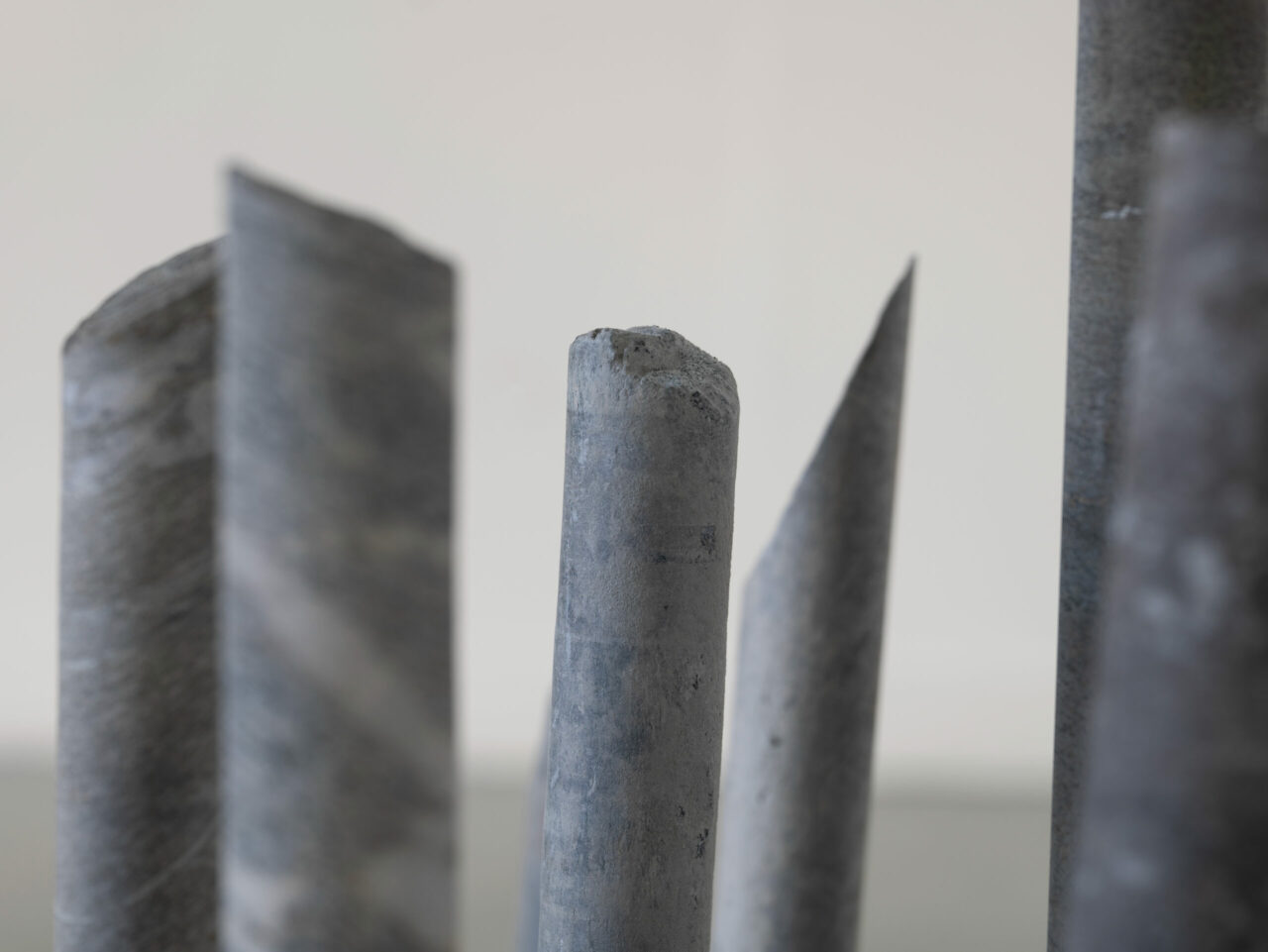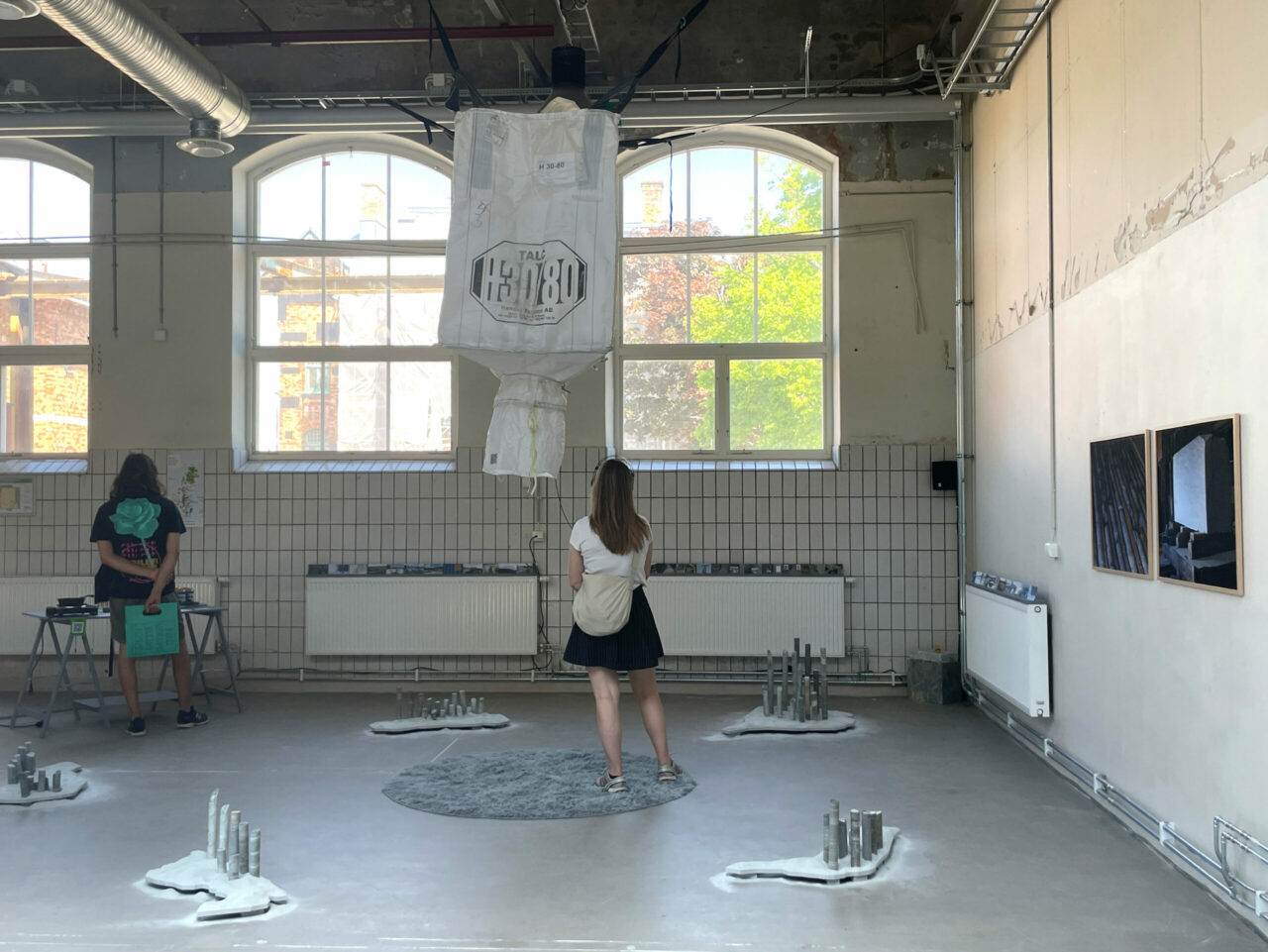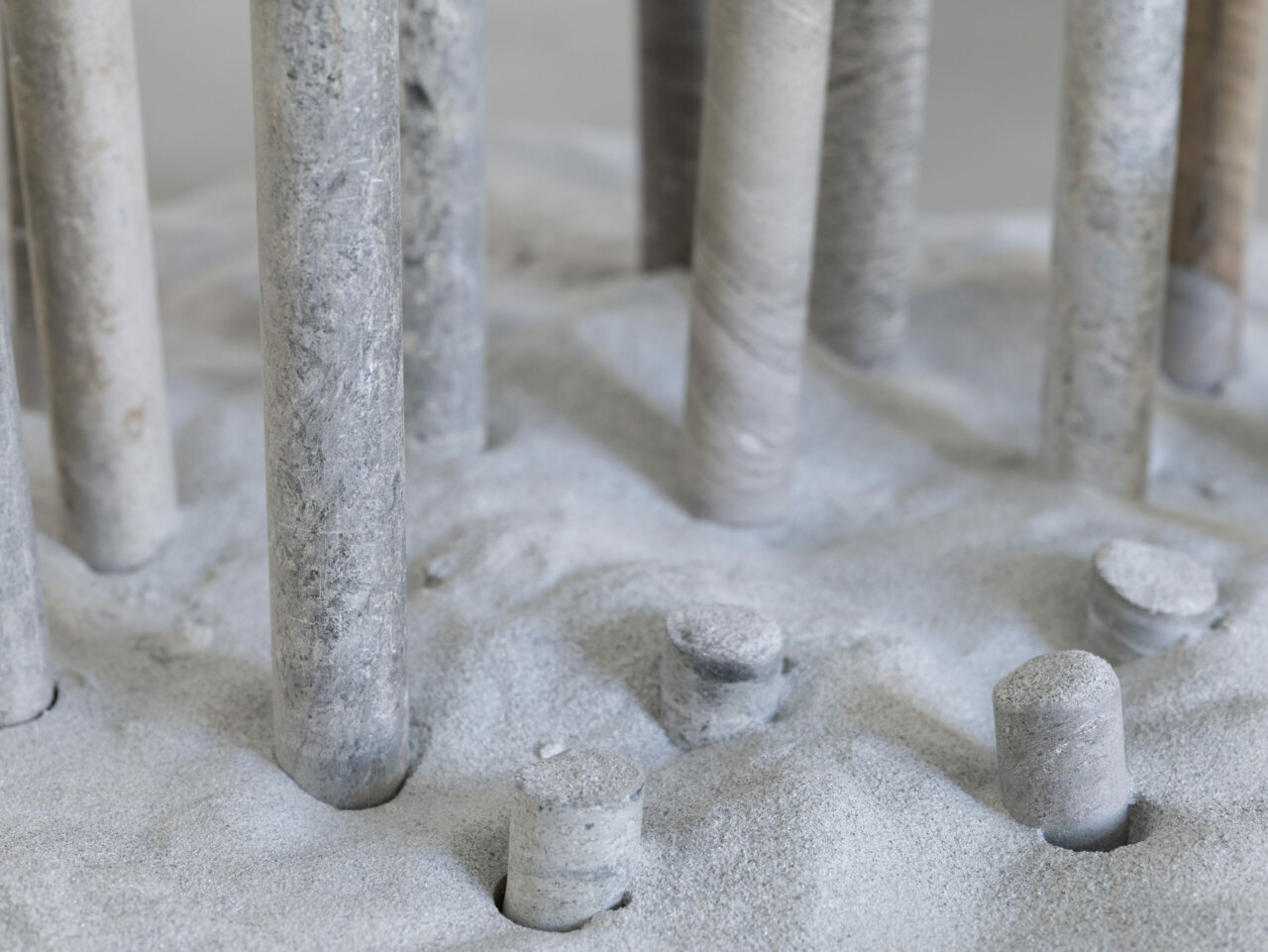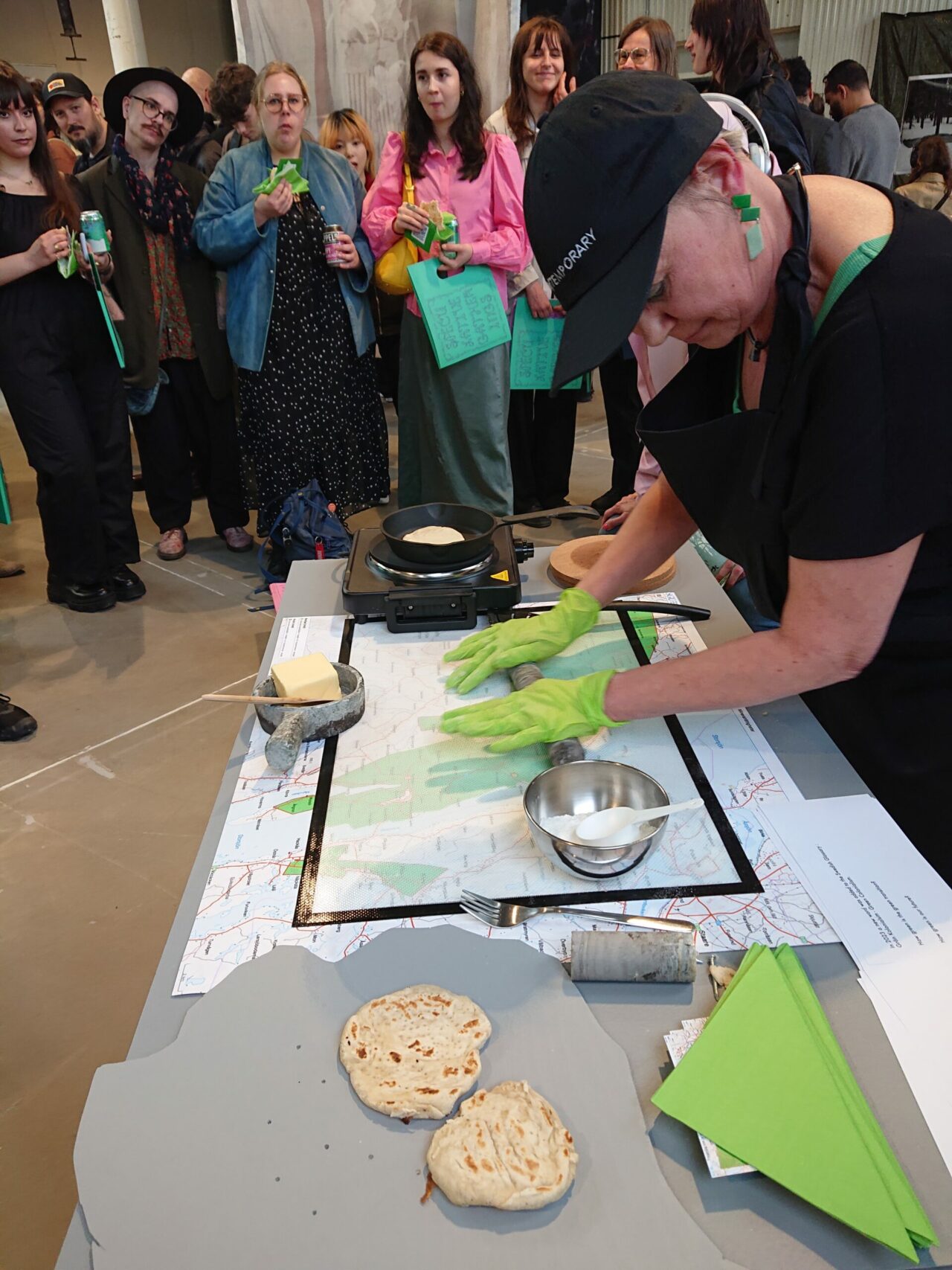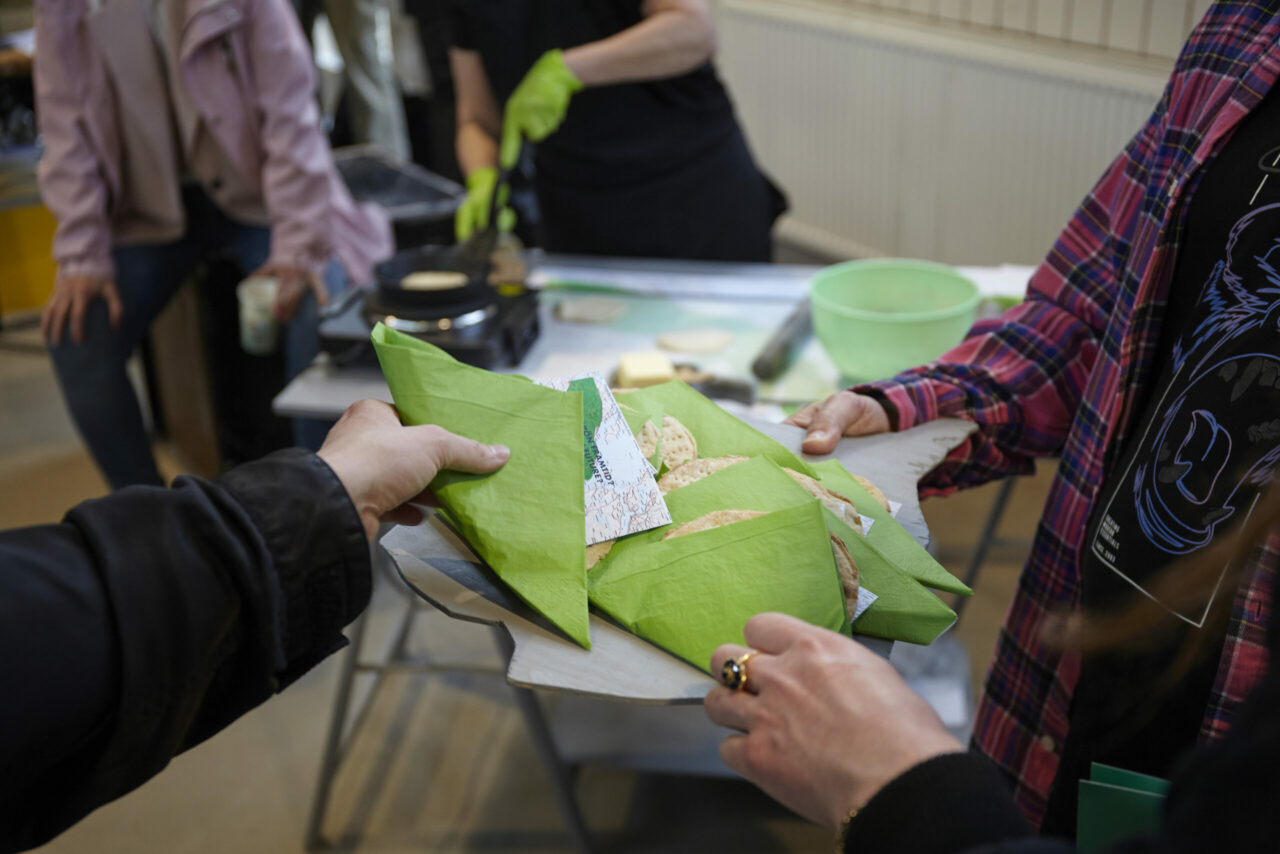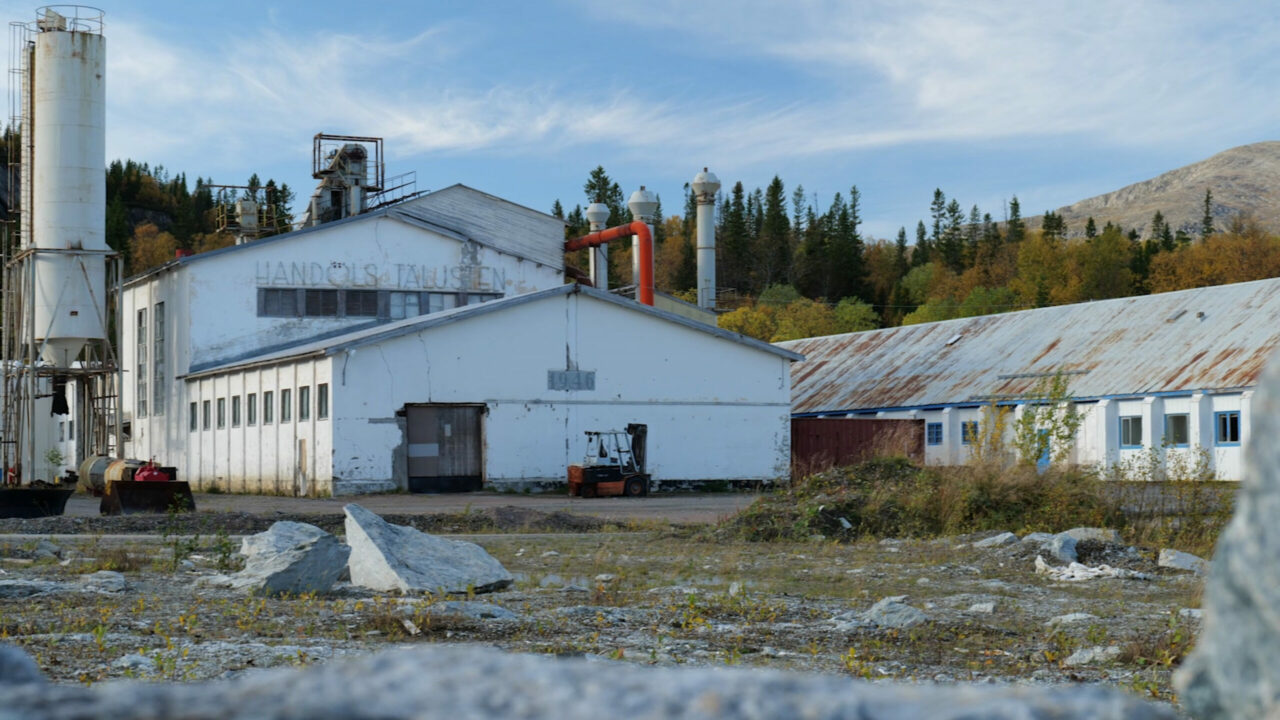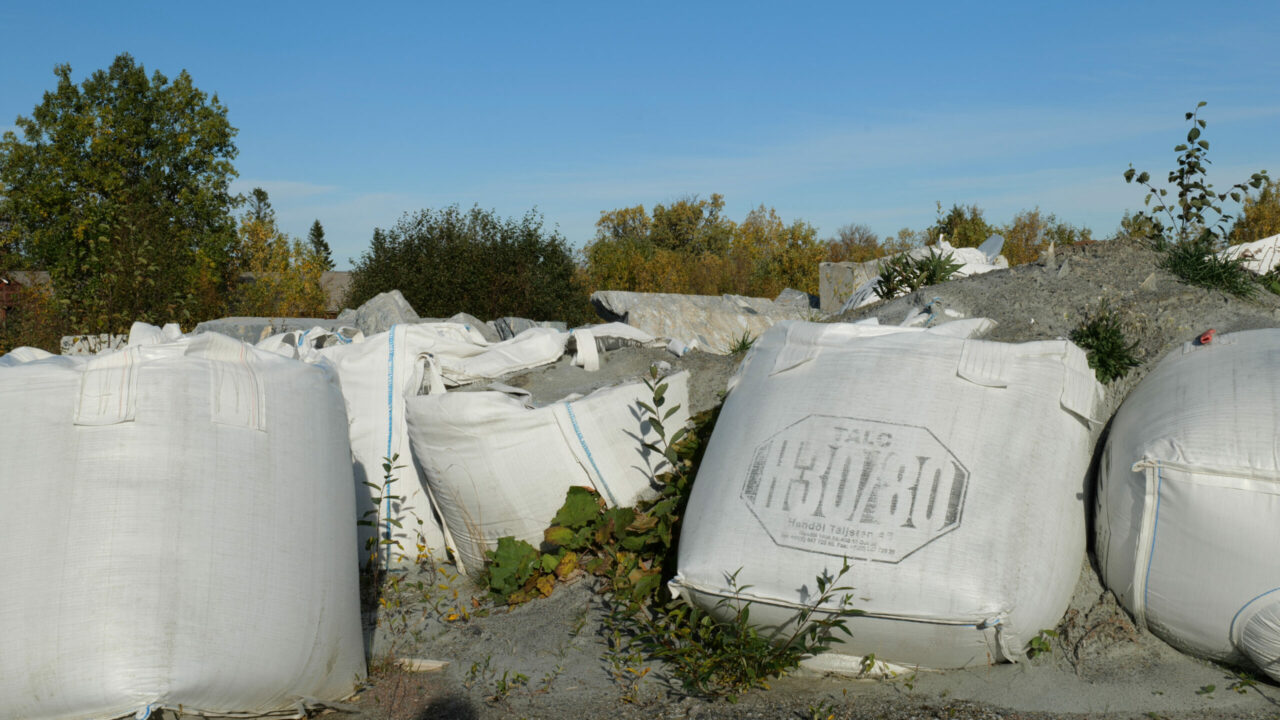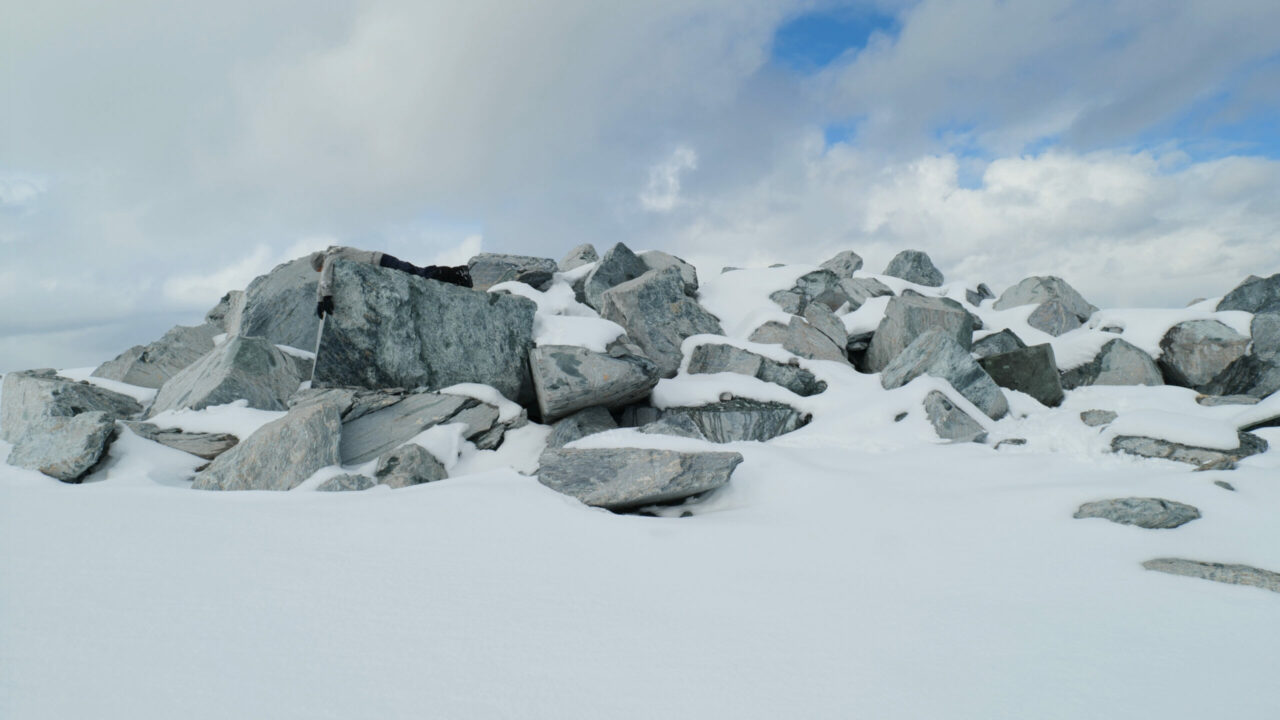BROTTET – the quarry/crime
The art project studies the effects of industrialisation and the colonialisation of the North. Theres K Agdlers site-specific artproject BROTTET – the quarry/crime is an investigation into a microhistory situated in a global rhizome of capitalist structures. In the 19th century, the north of Sweden (Norrland) was known as “Framtidslandet”, the land of the future. Yet also in this period, processes of industrial and colonial exploitation began, affecting land, water, and people.
Soapstone has been extracted in Handöl, Jämtland, for more than 400 years. The now closed soapstone factory has affected all the people living in and around Handöl. Over the course of one day in 2013, the Norwegian factory owners left. They took all the machines (partly financed by regional funding) and a lot of soapstones over the border. Then they went bankrupt. They left an empty factory, they left people in Handöl without work and income, they left the holes in the ground.
We are currently in the third phase of the exploitation of Norrland. Norrland is now the ”Land of the Future” for the ”Green Transition”. Yet just like industrialisation in the 19th century, the extraction of Sweden’s green future is being planned above the heads of the people who live here.
Not far from Handöl, in Oviken, near the lake Storsjön, a vanadium and uranium mine is being planned and could affect the entire region’s drinking water supply. There is a link between this project and Ranstad in the region of West Götaland where uranium was extracted from alum shale between 1965 and 1969 for the Swedish nuclear power programme so that Sweden could be self-sufficient in uranium. Now, in 2024, the Swedish government wants to lift the ban on uranium mining and invest in new nuclear power.
The time of exploitation repeats itself.
Norrland is being framed to have a new future, this time called ”Green Future”.
Theres K Agdler’s artistic work revolves around questions of the periphery and the centre and how resources are distributed nationally and globally. She works with research-based site-specific investigations using photography, film, installation, sculpture, performance, sound and text. Theres K Agdler studied at the Academy of Fine Arts in Trondheim, Norway and at the Royal Institute of Art in Stockholm. She will graduate with a Master’s degree in Fine Art from HDK-Valand, University of Gothenburg in spring 2024.
thereskagdler@gmail.com
thereskagdler.cargo.
@theres.k.agdler


